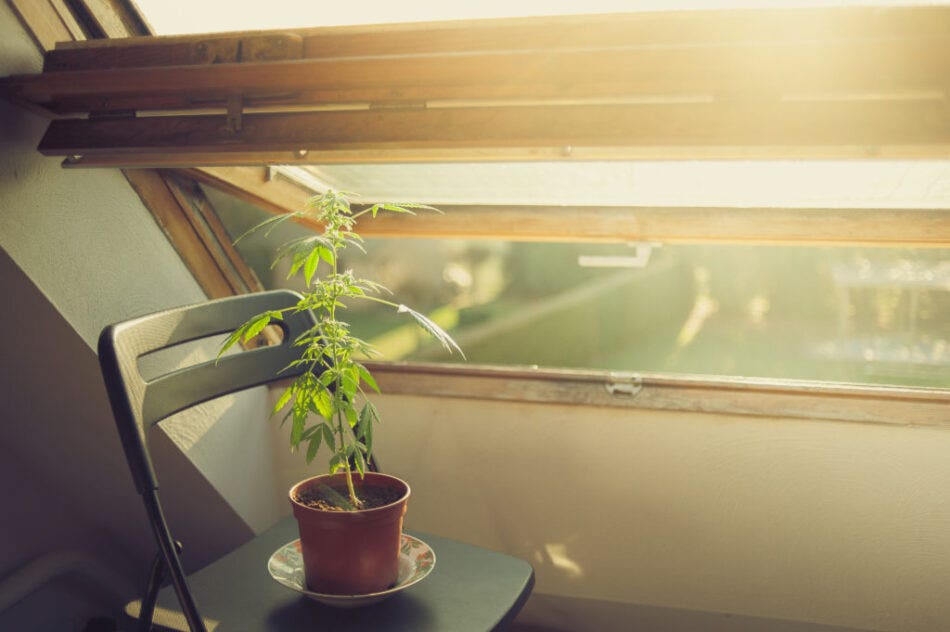Last October, the insurance industry was abuzz with theories, worries, and wonderings about the impact of the legalization of recreational cannabis use in Canada: Would insurers exclude coverage for cannabis-related damage? What happens if clients grow more than is permitted by law? Would houses’ electrical systems be altered to facilitate the growing? Would municipal by-laws change to protect the public?
As we near the one-year anniversary of the legalization of cannabis in Canada, we see that the impact on home insurance has been relatively small. A review of several insurance companies’ approach to cannabis – including three of Canada’s top ten largest personal and commercial property and liability insurers – indicates that home insurance companies have reacted moderately to the change, making slight modifications to policy wordings, coverages, and exclusions.
Still, there are things homeowners should know.
As always, home insurance does not cover grow-ops. However, now growing four plants in your home for personal use is not considered a grow-op (provided you are following the regulations for home growth, such as using licensed seed or seedlings). It is still very difficult to find insurance coverage for a house that used to be a grow-op, whether it was legal or not. Often, if an insurance company will consider covering a former grow-op, they require multiple inspections (including electrical, environmental, and engineering reports).
If you grow more than four plants at a time, insurance companies do not want your business. Some companies will make an exception if the plants are for medical use; some will not. They understand the risk of damage to be too… high.
For those growing four or fewer plants, there is coverage for damage to your home caused by growing the plants. How could growing four plants damage the home, you ask? The risk of fire is higher in homes where marijuana is grown, due to the amount of light and heat required. With only four plants, the fire risk may not increase as substantially as in a grow-op with 300 plants, but it still increases.
Those with stakes in the cannabis industry tend to say that growing four plants in a home presents no higher risk than owning a toaster, but the risks go beyond fire. The risk of burglary increases in homes known to be growing marijuana (Global News wrote an article last month on cannabis plant theft specifically). There is also an increased risk of mould in homes where cannabis is grown, since the plants grow best in humid conditions. And unlike fire and theft, mould is excluded under most home insurance policies.
There may be some coverage for your plants themselves through your home insurance policy, though. The amount and availability of coverage depends on two things: whether the plants are grown indoors or outdoors, and the company your home is insured with. If your plants are grown outdoors, they may not be covered at all if they are stolen, damaged, or destroyed. Some policies offer coverage for plants, grown indoors or outdoors, up to a special limit (e.g. $500 or $1,000), while others cover plants in full. Most policies cover cannabis products (in any form), should they be stolen, damaged or destroyed; although, this too may be only up to a specified limit.
Still not sure exactly what is legal? Check out the Department of Justice’s Cannabis Legalization and Regulation page here.
To find out what sorts of cannabis-related things your home insurance policy covers, check with your home insurance broker.
__________________________
Morgan Thomas, BA (Dtn.)
Team Leader, Personal Insurance Service Associates

